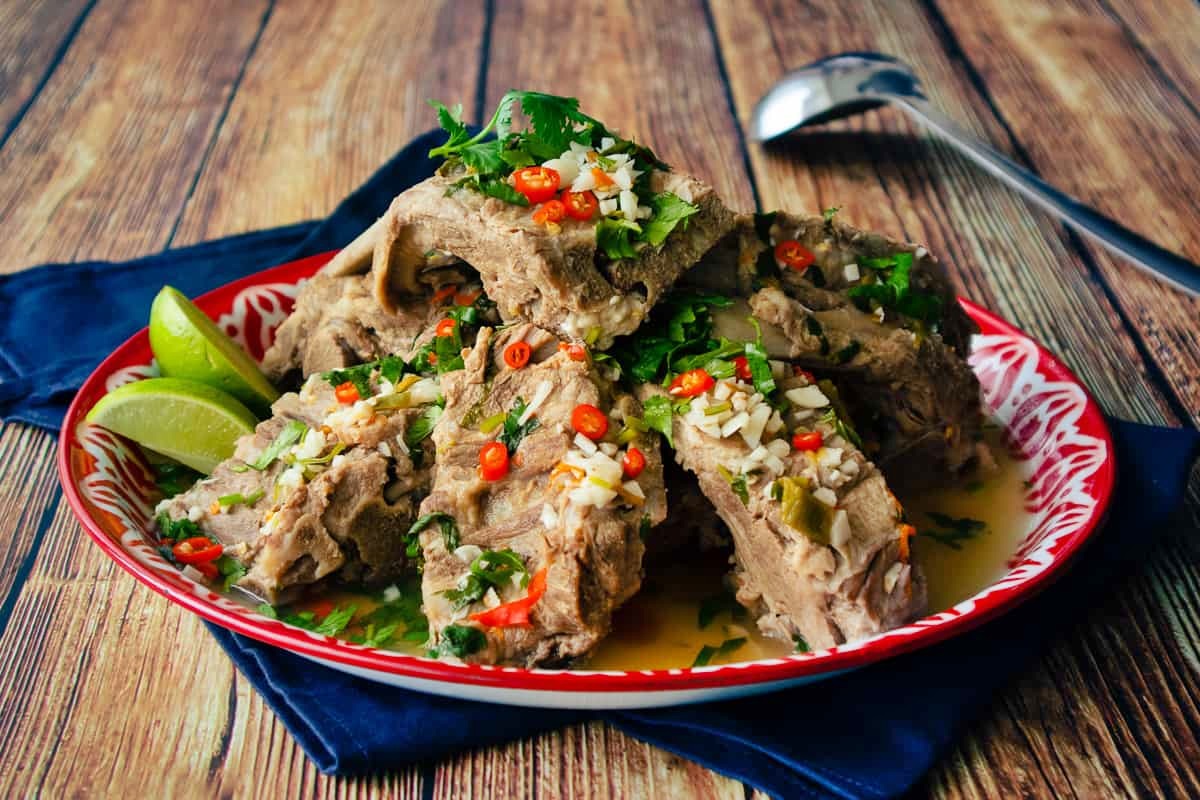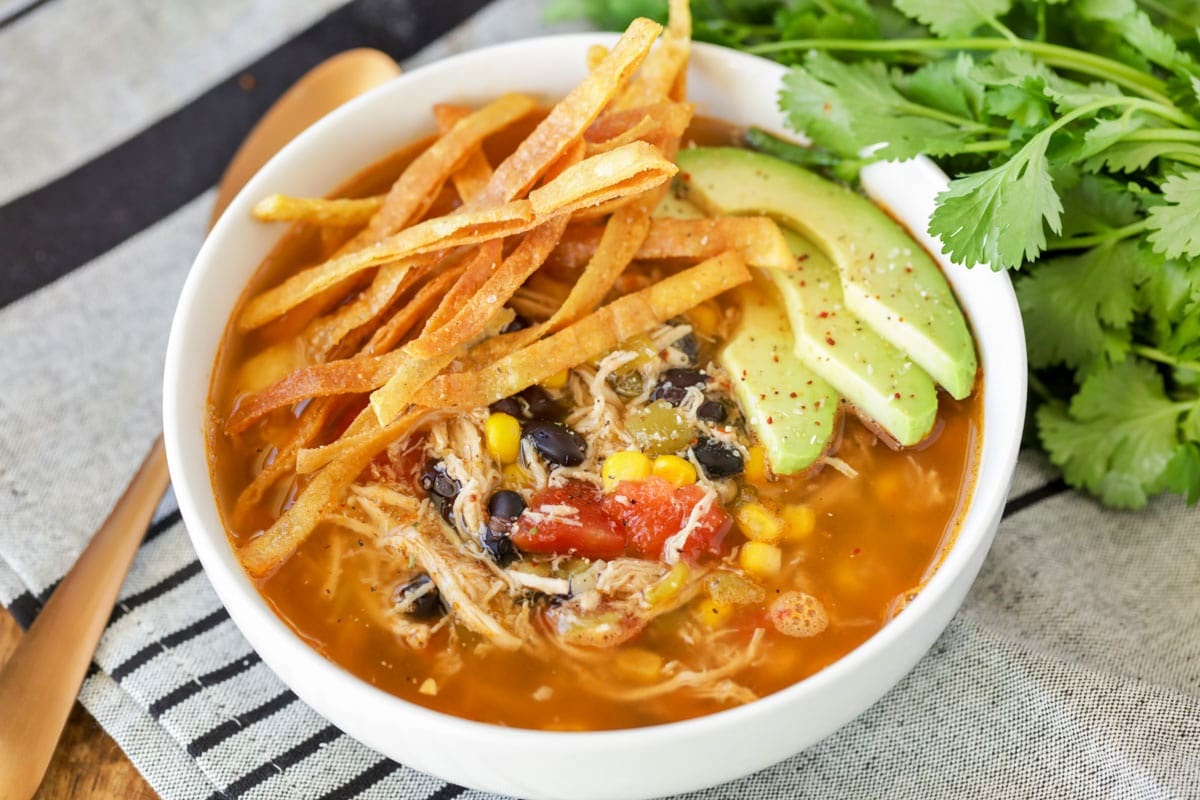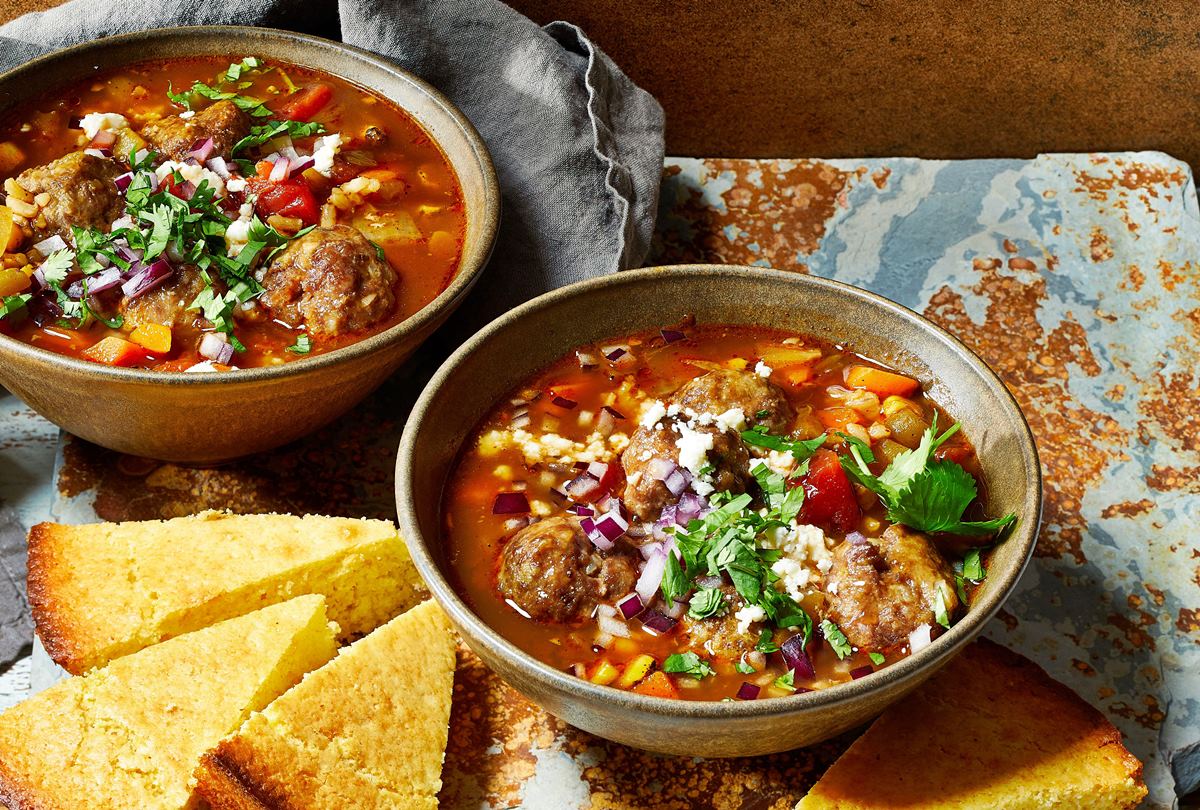Welcome to the Flavors of Cochinita Pibil
If you are a food enthusiast with a love for Mexican cuisine, then you are in for a treat! In this blog post, we will delve into the mouthwatering world of Cochinita Pibil. Get ready to tantalize your taste buds and discover the rich history and flavors behind this traditional Yucatecan dish.
What is Cochinita Pibil?
Cochinita Pibil is a centuries-old dish that originates from the Yucatan peninsula in Mexico. Cochinita” translates to “baby pig” in Spanish, while “Pibil” refers to the cooking method, which involves slow-roasting the meat in a traditional underground pit known as a “pib.
This slow-cooking method gives Cochinita Pibil its unique and irresistible flavor. The meat, traditionally marinated in a citrusy blend of sour orange juice, annatto seeds, and various aromatic spices, is wrapped in banana leaves and placed in the pit with smoldering charcoal and stones. The result is succulent, tender, and infused with smoky goodness.
The Taste Explosion
Cochinita Pibil is a culinary delight that bursts with vibrant flavors. The tangy and citrusy notes from the sour orange juice add a refreshing twist, while the annatto seeds give the meat its signature deep red color and earthy taste. The slow-roasting process allows the flavors to meld together, resulting in a symphony of taste that will transport your senses.
As you take your first bite, you will savor the tender, melt-in-your-mouth texture of the slow-cooked pork. The combination of the juicy meat, the slight crunch of the caramelized outer layer, and the complex flavors will leave you craving for more.
How to Enjoy Cochinita Pibil
Cochinita Pibil is traditionally served on a warm, freshly-made corn tortilla. The succulent meat is accompanied by pickled red onions, habanero salsa, and a sprinkling of cilantro, creating a balanced explosion of flavors.
To fully immerse yourself in the experience, try pairing it with a side of refried black beans and fresh guacamole. The creamy texture of the beans and the smoothness of the guacamole complement the rich flavors of the Cochinita Pibil perfectly.
Where to Find Cochinita Pibil
While Cochinita Pibil is a staple dish in the Yucatan region, its popularity has spread throughout Mexico and beyond. Many restaurants, both in Mexico and internationally, proudly offer this traditional delicacy on their menus.
If you find yourself in Mexico, particularly in the Yucatan region, make sure to visit local markets or street food stalls for an authentic taste of Cochinita Pibil. The aromas wafting through the air and the sight of the meat slowly roasting in the pib will heighten your anticipation before you even take your first bite.
In Conclusion
Cochinita Pibil is more than just a dish; it is a culinary experience that encapsulates the rich history and flavors of the Yucatan region. Whether you are a meat lover or a food adventurer, Cochinita Pibil will leave an indelible mark on your taste buds.
So, get ready to embark on a flavorsome journey and let Cochinita Pibil delight your senses with every bite. Whether you decide to try it in Mexico or recreate it in your own kitchen, be prepared for a tantalizing experience that will have you craving for more!
Was this page helpful?
Read Next: Stewed Pork Bung (Pork Intestine) Recipe
Clear Path Packaging
Clear path Packaging is leading manufacturer of Custom Boxes with the thousands of satisfied customers across USA & world.











